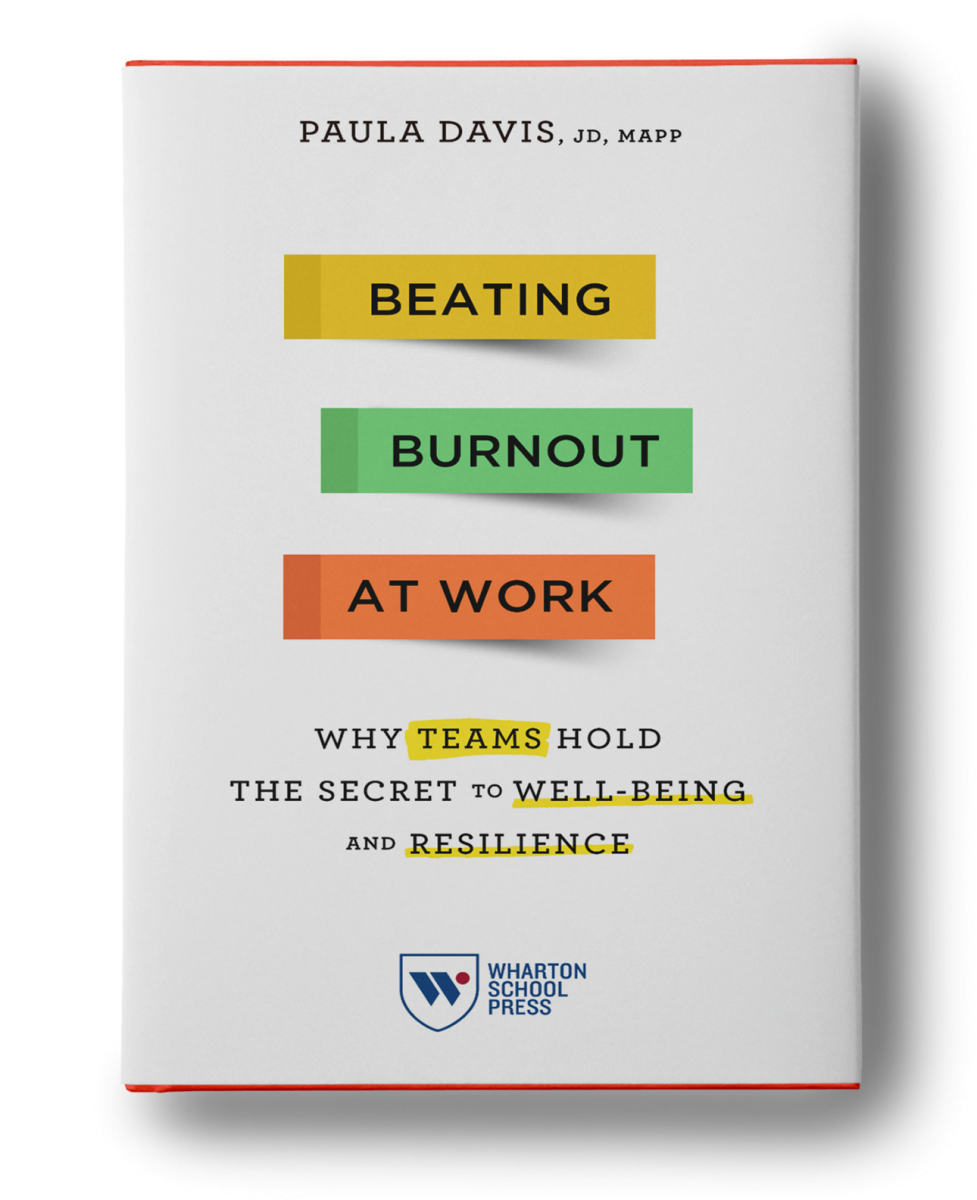As a career changer, I am frequently asked about my decision to leave my law practice and start a business doing something completely different. When I talk about my experience burning out at work, a lot of people confess the same thing; yet, I find that very few people actually want to leave their job (despite stories about packing up and moving to a warm island). The realities of life in combination with the fact that many people like their work make them reluctant to want to pick up and move. As I continue to search for, create and teach busy professionals how to better manage their stress at work and stay engaged and motivated, the technique of job crafting is one that I’m teaching with more and more frequency. I call job crafting “Spanx for work” because it involves reshaping certain aspects of your job to fit you better. Here’s how it works:
The concept of employees redesigning their work is not new, but Drs. Amy Wrzesniewski and Jane Dutton are credited with coining the term “job crafting” in 2001. They proposed that employees could change the boundaries of their jobs in three different ways:
1. Expanding or diminishing the scope of the tasks they perform by changing the form, scope or number of work activities;
2. Altering the way they interact with people at work; or
3. Thinking about work in a different way by reframing the way they see their work.
Newer research defines job crafting as, “The changes that employees make to balance their job demands and job resources with their personal abilities and needs.” The balance between job demands and job resources is important because too many of the wrong types of job demands can make burnout and disengagement more likely. Job demands are those aspects of your job that take sustained effort and energy and can be classified as either a “challenge” or a “hindrance.” Challenge demands are perceived by an employee as stressful, but have the opportunity to promote mastery, personal growth or future gains. Conversely, hindrance demands are perceived to have the potential to impede growth, learning and goal attainment. Job resources are the motivational aspects of your job that are energy-giving.
In order to maintain the proper balance between job demands and resources, employees can craft their jobs to:
1. Increase their job resources;
2. Increase their challenging job demands; or
3. Reduce their hindrance job demands.
Research consistently shows that employees realize better outcomes when they focus their job crafting on either increasing their job resources or increasing those job demands perceived as challenges.
While job crafting is a tool for individual employees, managers of organizations would be wise to encourage the practice. Organizations are facing continuous and emotionally demanding changing environments that require innovation, flexibility and adaptability. Organizational change can disrupt work routines and can trigger feelings of uncertainty and distrust. As a result, empowering employees to craft their jobs to meet the changing needs of the organization becomes more important. Allowing workers to reshape their jobs can help them cope with the uncertainty that emerges from constant change. Further, job crafting can supplement more traditional, top-down redesign approaches that may or may not be effective. While the research is preliminary, job crafting has been positively associated with job satisfaction, commitment and effectiveness, and negatively associated with absenteeism. These outcomes have bottom line, quantifiable results for organizations.
Job crafting can feel like a daunting task when you feel stuck in your job. Workers with a proactive personality and a high sense of self-efficacy are more likely to job craft on their own. In addition, employees who have a sense of autonomy (having the ability to make decisions about your day and the types of projects or work you accept or decline) are more likely to job craft. If you don’t know where to start, talk to your manager about what job crafting entails, or contact me for a worksheet to get you started. In addition, try one of these job crafting tips:
• Take one of the many strengths assessments to get an idea of what you do well at work. Two strengths assessments I use frequently are the VIA (Values in Action) strengths survey and the Gallup StrengthsFinder. With your strengths information, pick two or three strengths you can start incorporating more fully into your daily work. This was an eye-opening exercise for me as I reflected on my time practicing law — I realized that I was often leaving the best of who I was at home.
• Make a list of your job demands (aspects of your job that take consistent effort and energy) and job resources (the motivational, energy-giving aspects of your job). Examples of job demands are high workload, lack of high-quality connections with colleagues, answering emails, billing clients, meetings, and finding new business. Examples of job resources are having a sense of meaning at work and seeing where you fit into the big picture, regular feedback, leader support, and high-quality relationships with colleagues. Once you have created your list, do you have enough job resources? If no, what do you need to do to create or seek out more of them? What hindrance job demands (like organizational politics, red tape and hassles) are standing in your way?
• Create a personal crafting plan with crafting actions to be implemented over a four-week period, keeping daily reports about what crafting activities worked and didn’t work, and then reflecting about the experience. In addition, you can purchase a job crafting kit from the University of Michigan Ross School of Business which will help you craft your own personal plan by identifying your values, strengths and more.
Burnout, change, stress and adversity have real consequences for employees and their organizations. Job crafting is a simple, effective and inexpensive tool that helps workers build job satisfaction and engagement at work.
Want to know more? Download my free “Is It Stress or Is It Burnout” strategy guide here. You can also learn about our speaking and training programs here.







